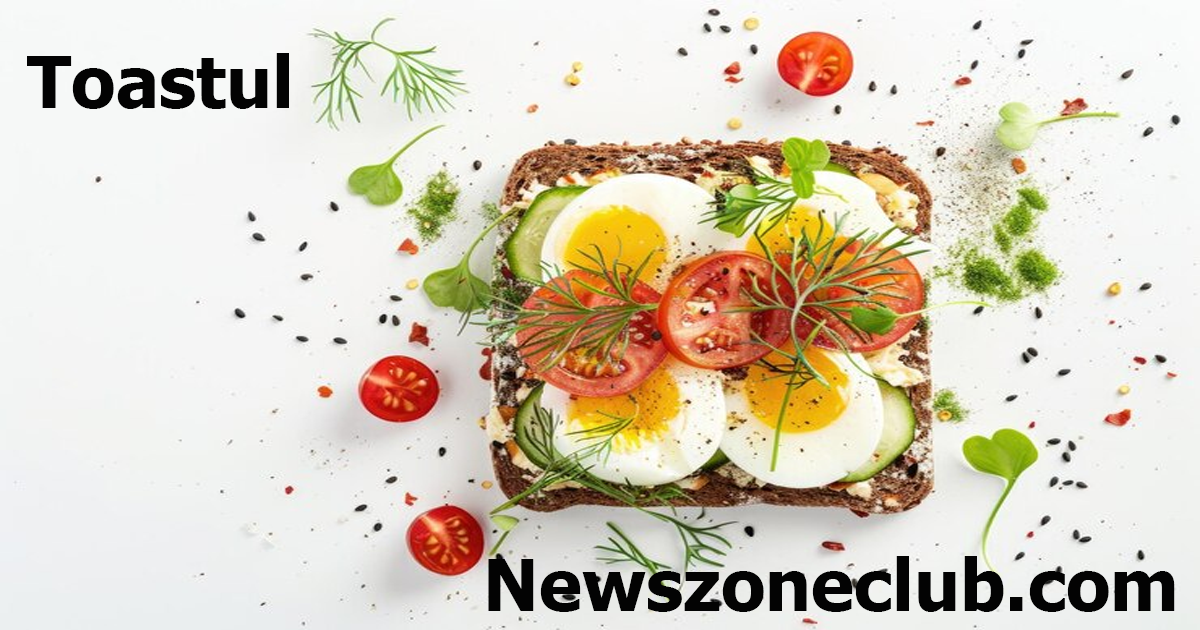Introduction
Toast is a simple yet exquisite culinary delight that has graced breakfast tables for centuries. From the aroma of freshly toasted bread to the satisfying crunch with each bite, mastering the art of toasting can elevate your breakfast experience to new heights. In this comprehensive guide, we delve into the intricacies of achieving the perfect toast, from choosing the right bread to mastering the toasting techniques that guarantee a golden, crispy exterior and a warm, soft interior.
Choosing the Right Bread
The foundation of perfect toast lies in the bread selection. Not all bread is created equal when it comes to toasting. Artisan bread, whole grain, sourdough, and baguettes each offer unique textures and flavors that can dramatically influence the final product.
- Artisan Bread: Known for its crusty exterior and airy crumb, artisan bread makes for an excellent choice. The natural fermentation process and the variety of grains used add depth to the flavor.
- Whole Grain: Packed with nutrients and fiber, whole grain bread offers a hearty, wholesome option. The density of this bread requires precise toasting to avoid a burnt exterior and a soggy interior.
- Sourdough: The tangy flavor of sourdough, combined with its chewy texture, creates a delightful contrast when toasted. The fermentation process also contributes to a more digestible and nutritious toast.
- Baguettes: The thin, crispy crust of a baguette, along with its soft, airy inside, makes it an ideal candidate for toasting. Slice it thin for a crunchy snack or thicker for a more substantial toast.
Preparation Techniques
Proper preparation is key to achieving the perfect toast. This involves more than just popping a slice of bread into the toaster. Here are some essential steps to follow:
- Slicing: Ensure your bread is sliced evenly. Uneven slices result in inconsistent toasting, with some parts burning while others remain undercooked.
- Storage: Store your bread properly to maintain its freshness. Bread should be kept in a cool, dry place. If you’re using frozen bread, allow it to thaw completely before toasting.
- Butter and Oils: For added flavor and crispiness, lightly butter or oil the bread before toasting. This not only enhances the taste but also promotes even browning.
Toasting Methods
Different toasting methods can yield varying results. Understanding these techniques can help you achieve the perfect toast every time.
- Traditional Toaster: The most common and convenient method. Modern toasters offer settings for different levels of browning. Experiment with these settings to find your perfect toast.
- Oven Toasting: For a larger batch of toast or more control over the browning process, the oven is a great option. Preheat the oven to 350°F (175°C), place the bread slices on a baking sheet, and toast for 10-15 minutes, flipping halfway through.
- Stovetop: Using a skillet or griddle on the stovetop allows for precise control over the heat. Preheat the pan, add a little butter or oil, and toast the bread on each side until golden brown.
- Broiler: For a quick toast with a crispy exterior, use the broiler. Place the bread slices on a baking sheet and broil on high for 1-2 minutes on each side. Keep a close eye to prevent burning.
Enhancing Your Toast
Once you’ve mastered the basics of toasting, it’s time to elevate your toast with delicious toppings and spreads. Here are some ideas to inspire you:
- Classic Butter: A simple yet timeless choice. Use high-quality butter for the best flavor.
- Avocado: Mash ripe avocado with a pinch of salt and a squeeze of lemon juice. Add a sprinkle of red pepper flakes for a spicy kick.
- Nut Butters: Almond, peanut, or cashew butter add protein and a creamy texture. Top with sliced bananas or a drizzle of honey for extra sweetness.
- Jams and Preserves: From strawberry to apricot, the options are endless. Choose your favorite fruit preserves for a burst of flavor.
- Savory Options: Try toppings like smoked salmon with cream cheese, a fried egg with herbs, or hummus with sliced tomatoes.
Common Mistakes to Avoid
Even seasoned toast enthusiasts can make mistakes. Here are some common pitfalls and how to avoid them:
- Overcrowding the Toaster: Placing too many slices in the toaster at once can lead to uneven toasting. Toast in batches if necessary.
- Incorrect Settings: Using the wrong toaster setting can result in burnt or undercooked toast. Experiment to find the right setting for your preferred level of browning.
- Neglecting to Flip: When using methods like oven or stovetop toasting, remember to flip the bread halfway through to ensure even cooking on both sides.
- Skipping Preheating: If using a skillet or oven, preheat to the desired temperature to achieve consistent results.
Conclusion
Mastering the art of toasting involves more than just pressing a button. From selecting the right bread to experimenting with different toasting methods and toppings, every detail contributes to the perfect slice of toast. Whether you prefer a simple buttered toast or a gourmet creation, these tips and techniques will help you achieve toasting perfection every time.
Frequently Asked Questions (FAQs)
What is the best type of bread for toasting?
The best type of bread for toasting depends on personal preference and the desired texture. Artisan bread, whole grain, sourdough, and baguettes are all excellent choices, each offering unique flavors and textures.
How can I prevent my toast from burning?
To prevent toast from burning, ensure even slicing, avoid overcrowding the toaster, and use the appropriate toasting settings. When using the oven or stovetop methods, keep a close eye on the bread and flip it halfway through the toasting process.
What are some creative toppings for toast?
Creative toppings for toast include classic butter, mashed avocado with red pepper flakes, various nut butters with sliced bananas or honey, fruit jams and preserves, and savory options like smoked salmon with cream cheese or a fried egg with herbs.
Can I toast frozen bread?
Yes, you can toast frozen bread. However, it is recommended to allow the bread to thaw completely before toasting for more even results.
Is it necessary to butter the bread before toasting?
While not necessary, buttering the bread before toasting can enhance the flavor and promote even browning. Lightly spread butter or oil on the bread for the best results.
What is the ideal toaster setting for perfect toast?
The ideal toaster setting varies based on the type of bread and personal preference for browning. Start with a medium setting and adjust as needed to achieve your desired level of crispiness.
How do I store bread to maintain its freshness?
Store bread in a cool, dry place, such as a bread box or a sealed container. Avoid refrigerating bread, as it can cause it to dry out. For longer storage, consider freezing the bread and thawing it before use.
Keep Reading:





